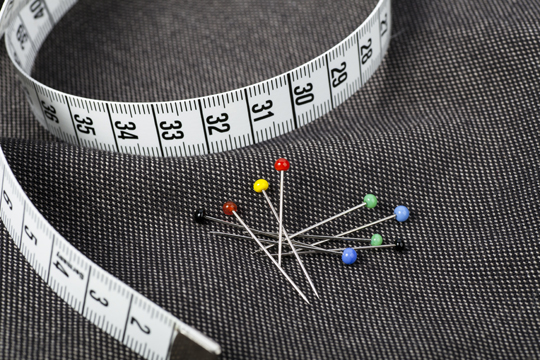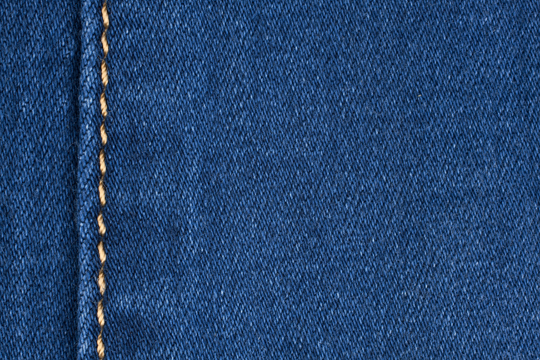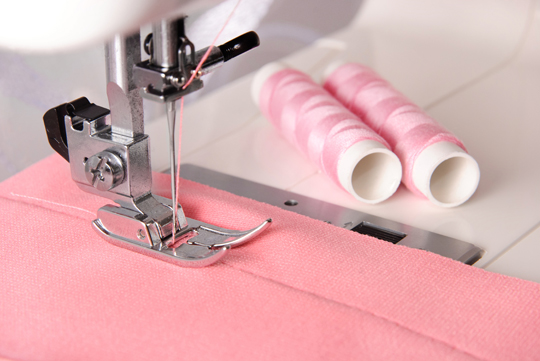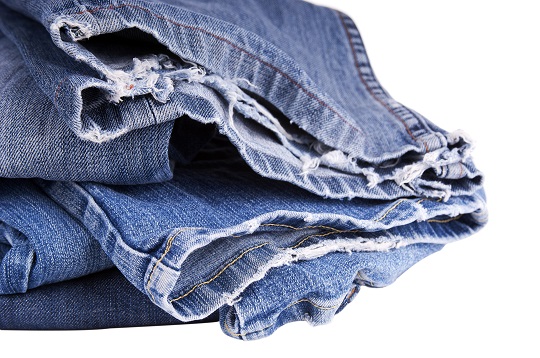Most fashion-forward men who love to wear classy clothing items on a daily basis have three main requirements when it comes to ordering custom suits online. They want their new suits to be well made, inexpensive, and 100% unique.
Clients also value fast shipping, a great deal, and would do everything it takes to play an active part in the creation process. So how could you possible identify the best provider of custom suits online?
Evaluate the Price-Quality Relationship
Price is an important element that usually says many things about the quality of a suit. Don’t expect to pay less than $199 for a premium product. A lower price could indicate that…
1) The tailor uses cheap, dissatisfying, imported fabrics
2) The suits are manufactured overseas, in factories where workers are underpaid and forced to work in 12-hour shifts for a couple of dollars per hour.
For quality custom suits online, be prepared to pay anywhere from $379 to $699 and up, if you count on a big budget.
Ask for Fabric Samples
Opt for a tailor who uses a great variety of fabrics, available in different patterns and colors. In this case, you could be able to choose the best designs, tailored to your specific aesthetic requirements. To avoid bad decisions, ask your tailor to send you a few fabric samples. This way, you could inspect the material and choose the right one for your next suit.
For a Perfect Fit, Create Your Own Suit Online
Numerous tailors know how to address the unique needs of their prospects: by allowing them to express their demands and their fashion sense in a creative manner. Clients are encouraged to design their favorite suit online, by customizing every single piece of the puzzle, including…
– The jacket
– The vest
– The fabric, lapel, monogram, and embroidery
Need an Expert Opinion?
Even though most online tailor stores are extremely user-friendly, you might have a hard time trying to design your own suit. In this case, don’t hesitate to call the trendiest experts. Find a tailor in your area with help from TalkLocal, a free service that will connect you with the right professional right now.














